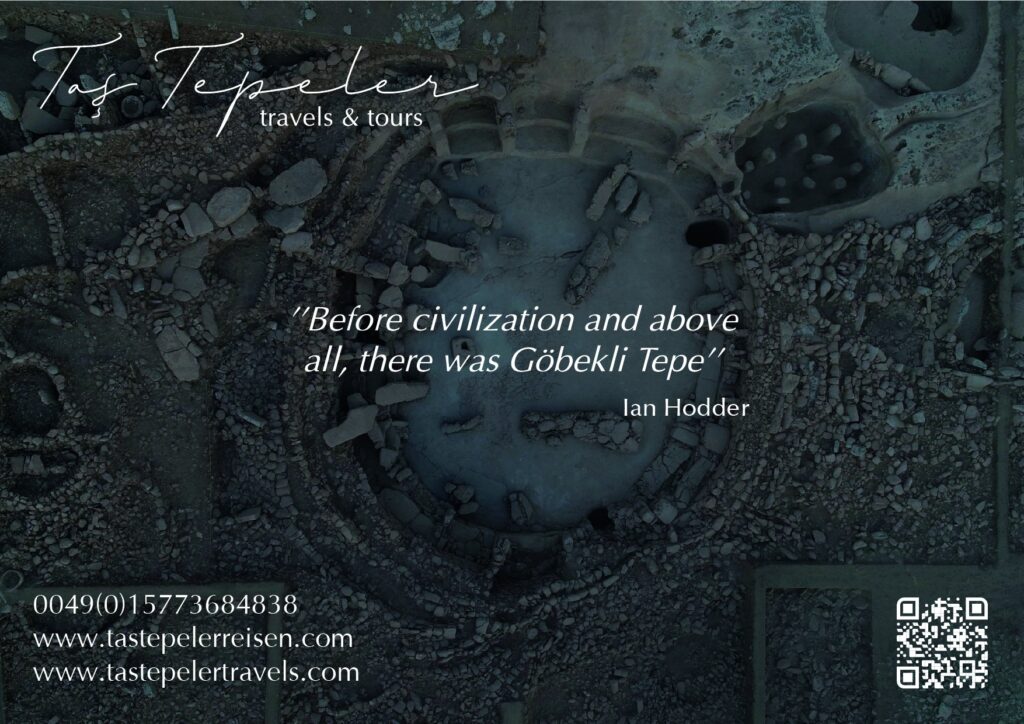
As the Upper Paleolithic era shades into Mesolithic and Early Neolithic times, the earliest agglomerations into sedentary groupings of isolated clans, tribes, bands of hunters and itinerant handicraft traders which we can more easily recognise as organised social structures and culture, first occur in south-eastern Turkey, and the northernmost reaches of the Fertile Crescent in the upland region between the Tigris and Euphrates rivers. It is probably no coincidence that they also happen to be societies that exemplify a propensity for creating languages of symbolism to imbue existence with meaning and identity, for the amassed efforts of a group of sites that emerged in this region around ten millennium BC to realise impressive new expressions of iconographic language, convey vivid suggestions of how some of the first social groups identified themselves and how the earliest organised sacred belief systems were put into practice. In this massive upscaling of artistic and combined physical ambition, there are clues as regards the reasons for the prodigious success of a protean culture that emerges from a new degree of social complexity.


